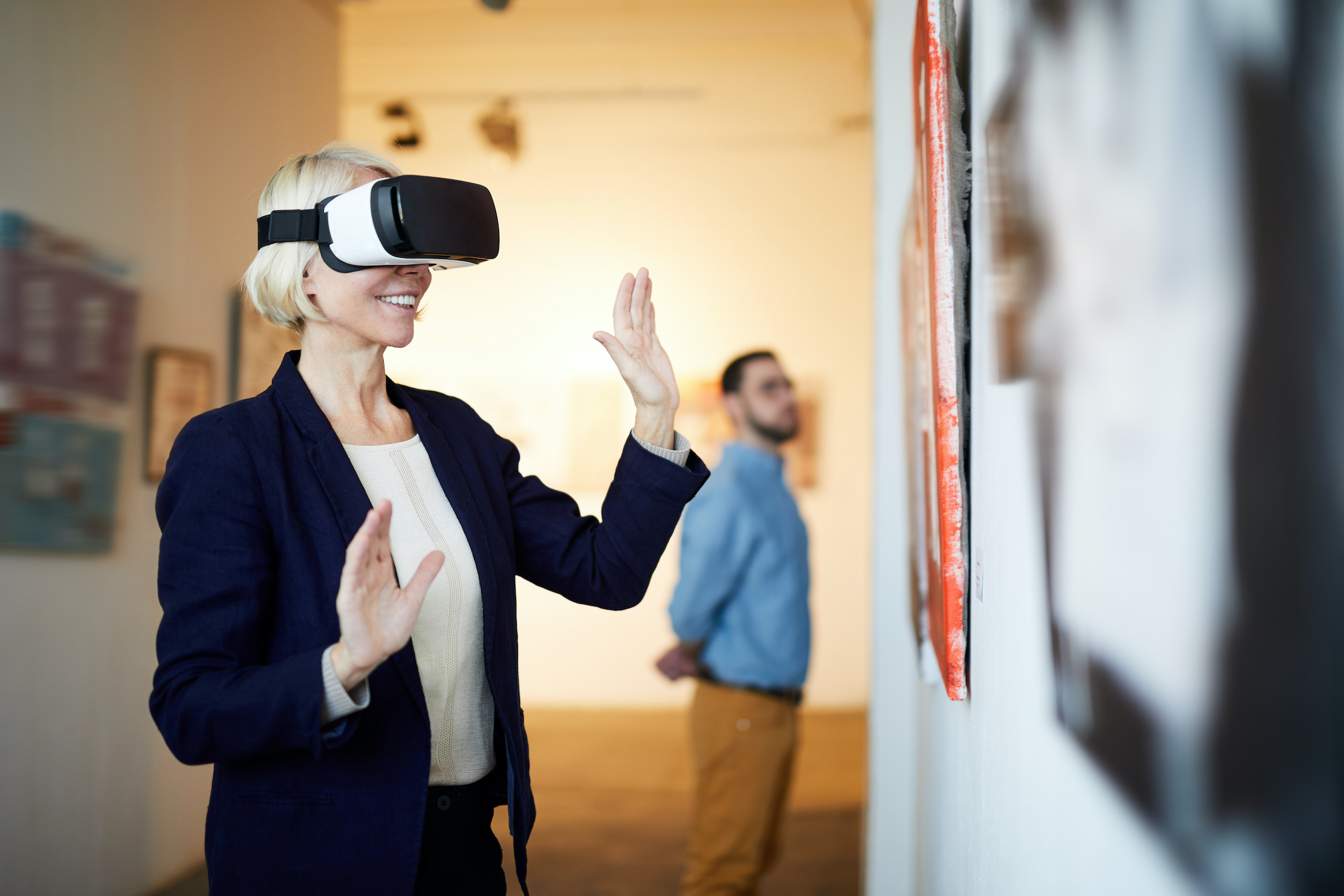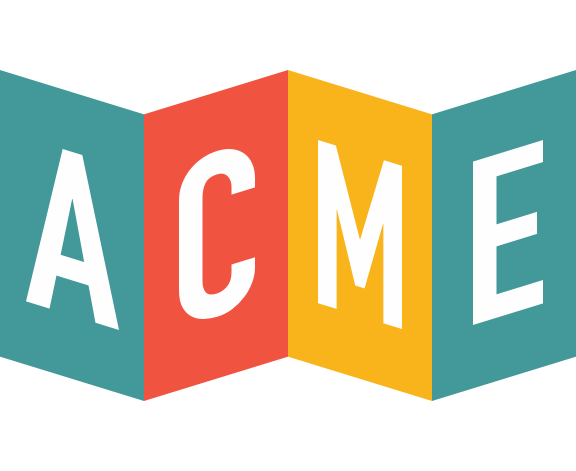
Virtual Field Trips – Adapting to the New Normal
Field trips are among everyone’s favorite memories of school. Getting out of the classroom presents fun and novel opportunities for children to learn through hands-on experiences, from a variety of experts in their field. Science, art, and natural history museums are among some of the most popular field trip destinations across the US, where so many educational memories are made.
During the current COVID-19 pandemic, schooling as we know it — and with it, the field trip — is changing dramatically. Many classrooms will remain closed for the foreseeable future as physical distancing mandates prevent social and educational gatherings. Museums remain a critical source of learning for all, and should be ready with new ideas and methods for keeping school children engaged. The answer? Virtual field trips.
Elements of a Successful Field Trip
Keeping the attention of wild grade schoolers (or college students) can be tricky – even in person. The structure of a traditional field trip is designed not only to educate, but to entertain. Many of the same elements which determine a successful in-person field trip experience can be implemented in a virtual setting.
The key elements of a successful field trip include:
- Planning – Boring, we know, but oh-so important. Creating a meaningful experience for students requires having access to the right exhibitions, with the right museum staff, at the right time. And teachers need to be able to fit this field trip into an already busy school schedule, and have the lessons learned at your facility fit neatly in with the at-home curriculum. It is the museum’s responsibility to set a clear scheduling standard, and have relevant material available for both the instructors and the students.
- Questions and Answers – One of the greatest benefits of any museum field trip is the opportunity for students to interact with area experts. A lecture is fine, but bound to lose participants’ attention. But how exciting is it for students of all ages to have the questions they’ve always asked answered by professionals in their field? The best museum school trips are always guided by an enthusiastic professional who is ready to answer the inquiries of curious learners at all levels of understanding.
- Hands-On Participation – Kinesthetic learners rejoice! Museum field trips offer unique opportunities for students to “discover” new information through interactive exercises. Where else do you get to hand-feed a giraffe but a field trip to the zoo? Or learn about electricity by operating a real Tesla Coil at a science museum? Field trips must strike a balance between lecture-based education and hands-on learning.
- Exploration – Finally, field trips give students the space and time to conduct their own education through self-guided and interest-based investigation. This can be thought of as “play-time”, or individual activities which students choose for themselves. The structure of a field trip already provides a container for education on a specific topic or field, allowing students opportunities to gravitate towards aspects of the information which captivate them most.
How To: Virtual Field Trips
A virtual field trip requires the same amount of planning, preparation, and effort as an in-person field trip — with the added complication of potential technical difficulties. But with creativity, a digitally based field trip may still provide a fun and enriching educational experience.
How to Plan a Virtual Field Trip
Scheduling and programming remain all-important aspects of conducting a successful field trip. And it’s easy enough to provide instructors and students with the right preparatory materials through email, or other digital communication platforms, whatever the technical capabilities of your museum might be. In addition, however, students and educators should be given the opportunity to download any necessary conferencing software, and given time to confirm compatibility with other tech you as the museum representative might be using.
How to Hold Q & A’s for Your Virtual Field Trip
Most video conferencing software comes equipped with a “raise hands” function, enabling students to ask to be called on by either the museum guide or the instructor without needing to leave everyone’s mic on. But students are sometimes less enthusiastic about raising their hands on video than they are in person. Your lectures should be filled with pointed and probing questions that engage students, and encourage their curiosity. If all else fails, too, you can rely on the accompanying instructor to call on specific students for you!
How to do “Hands-On” Participation
While you can’t feed a giraffe over video (or maybe you can?) there are a host of possibilities for bringing a field trip to life for students, even at a distance. As an art museum, you might have participants recreate a famous artwork of their choosing during a mock studio session. Life feeds of aquarium tanks allow students to observe and study animal behavior. Or as a sciences institute, you might guide students through the process of creating a battery out of common household materials.
How to Facilitate Exploration
Many museums are implementing virtual tours, available to the general public (check out ACME’s other article: Virtual Museum Tours for ideas). With interactive maps, video tours, or live feeds from your museum, students can literally explore both the space and exhibitions at your facility. During this “free period” section of the field trip, make sure your museum representative or expert is available to field questions and facilitate conversation among the group.
Final Thoughts: Virtual Field Trips
Physically-distanced learning may just be the new normal in education. Museums serve as the number one destination for school field trips everywhere, and with a little creativity and a lot of forethought, museums can provide entertaining and enriching learning experiences, whatever the circumstances.

